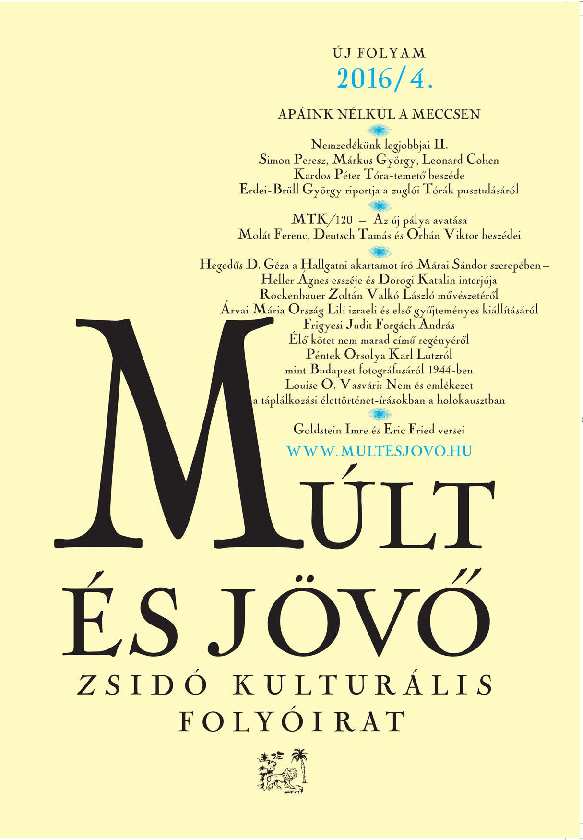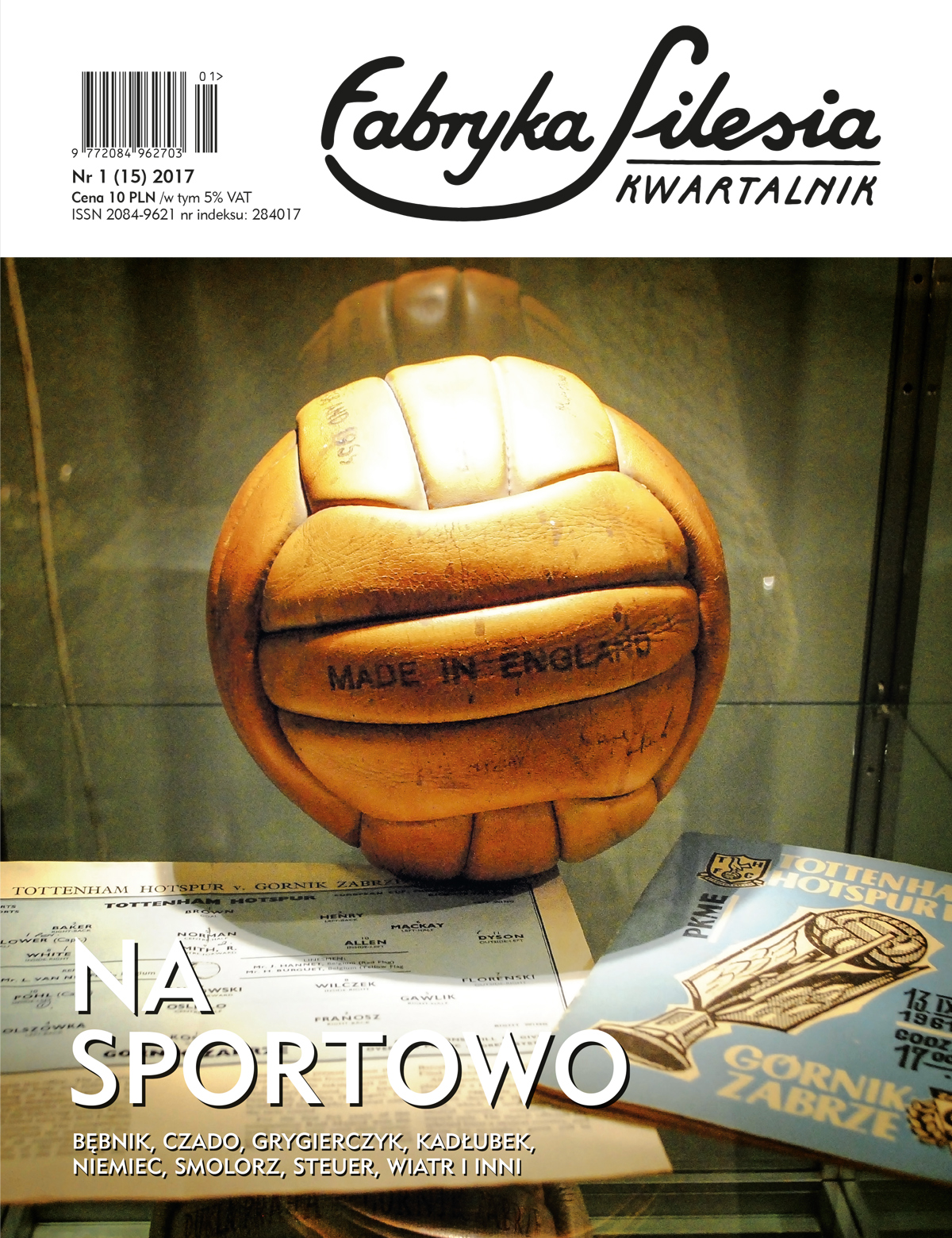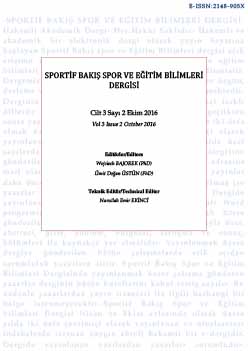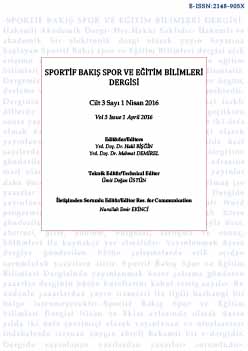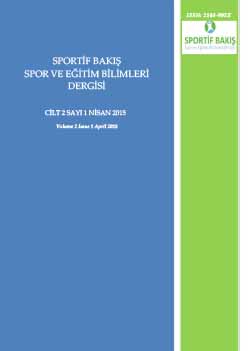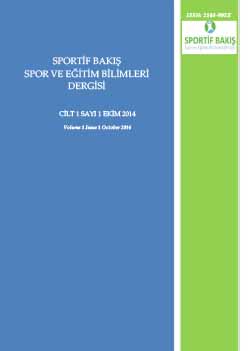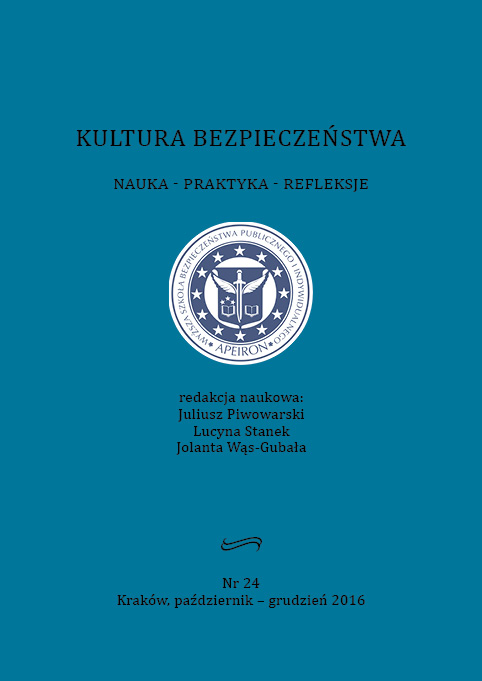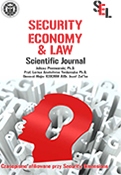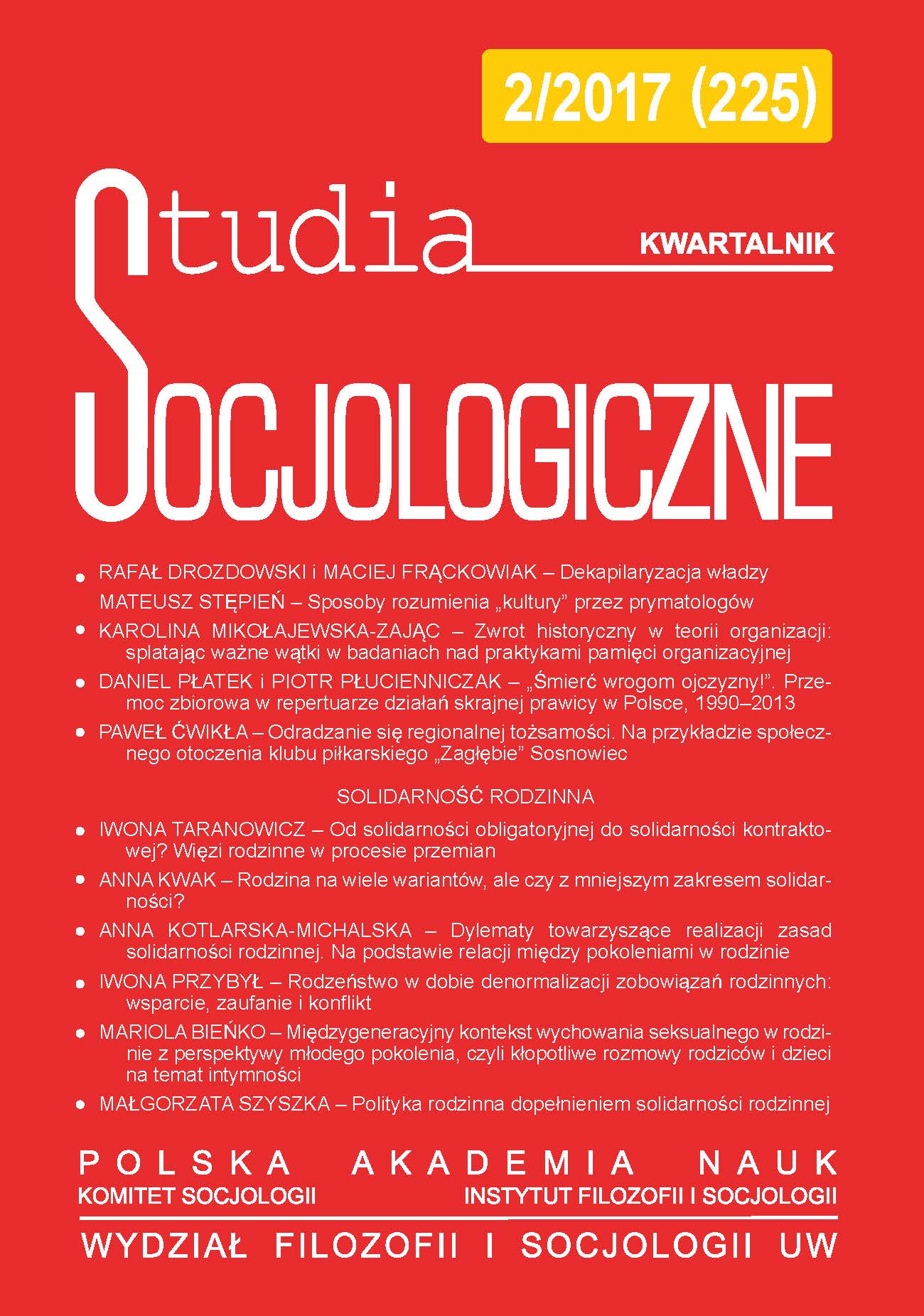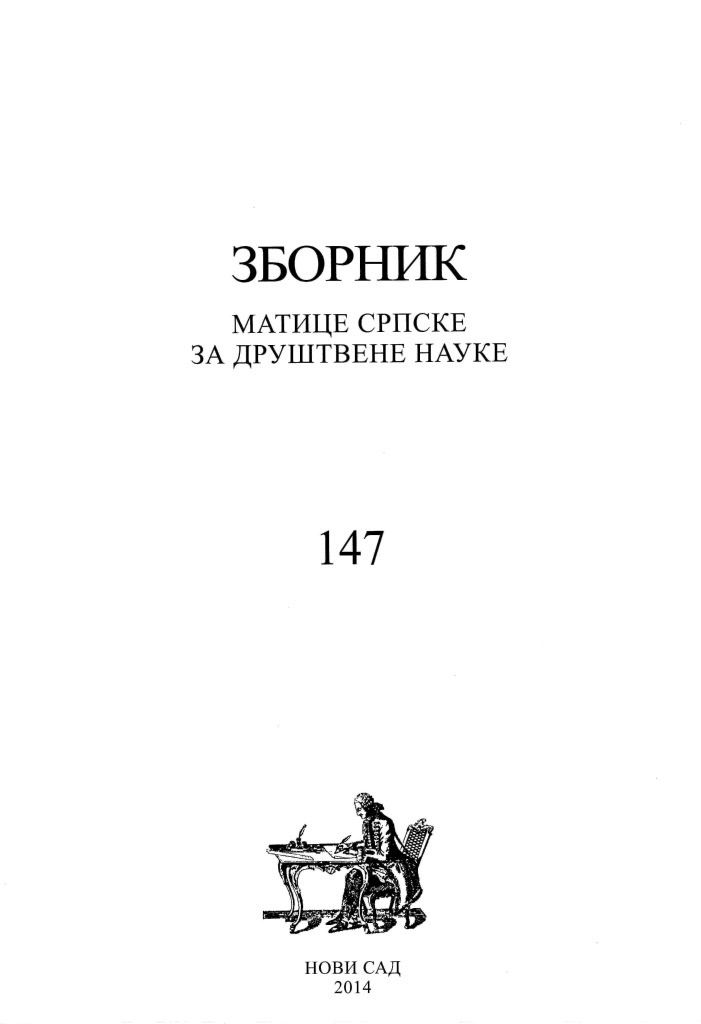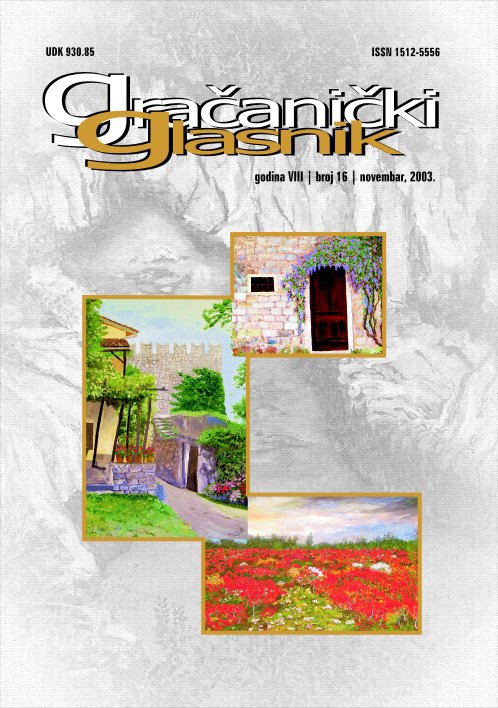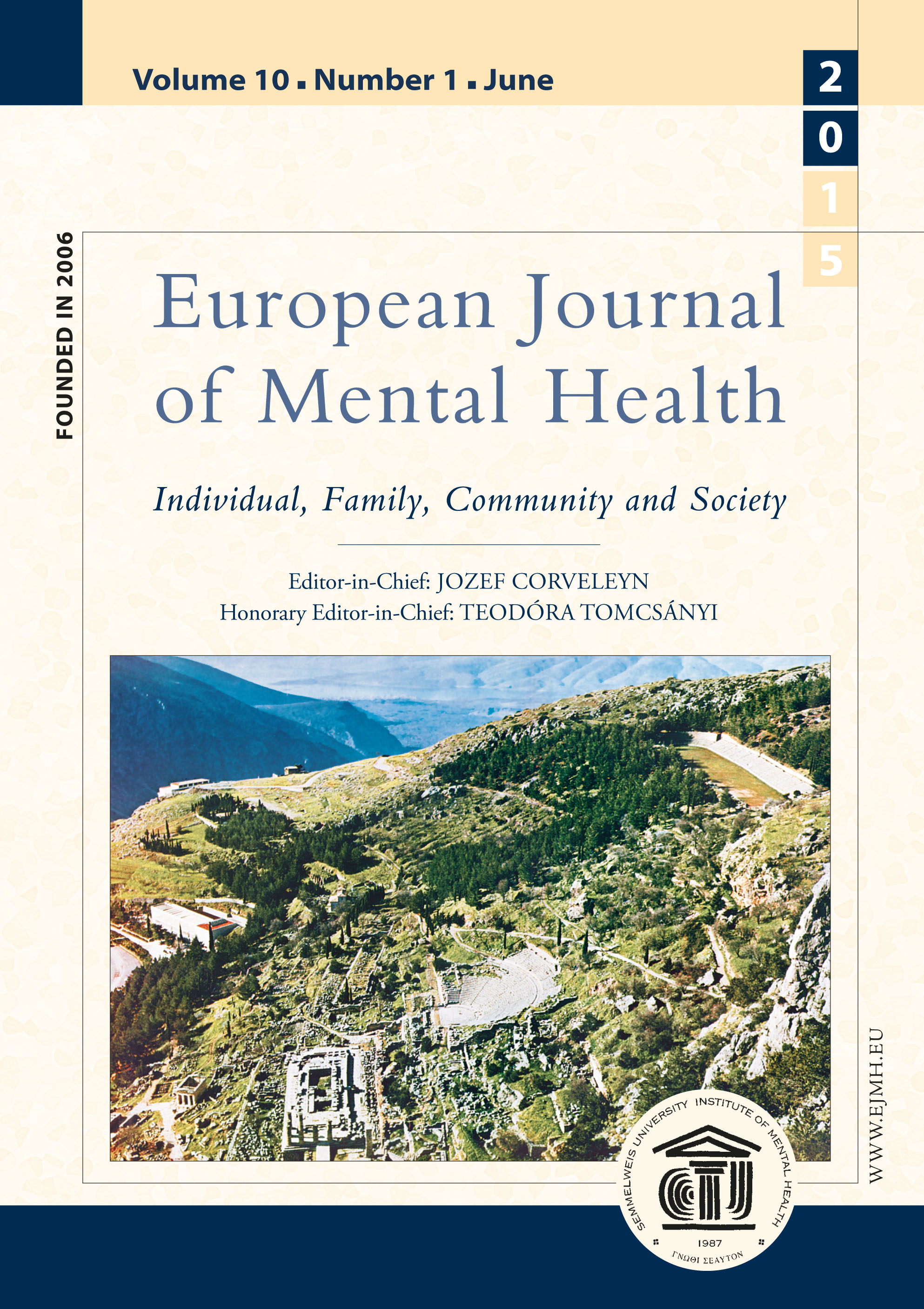
Sport, Sense of Coherence and Self-Esteem among 16 and 17 Year-Olds
The study investigates the health-preserving role of sports among 16 and 17-year-olds in the context of sense of coherence (SOC) and self-esteem (SES); revealing their interdependencies, it intends to contribute to discovering the protective factors of health. In Hungary’s Southern Transdanubian region, we implemented a health-sociological questionnaire survey on a 1091-person sample representing school types, during which we thoroughly researched young peoples’ sporting and physical training habits, measuring their sense of coherence with the 13-item SOC scale and their self-esteem with Rosenberg’s 10-item scale. The frequency and level of physical training in both sexes (controlled by parents’ education and work, place of residence, and school type) indicated a strong positive correlation with SOC and SES, with meaningfulness as the most significantly connected dimension of SOC. The scale values were significantly higher with boys than with girls. The survey results also mark the significance of internal motivations for sports.
More...
